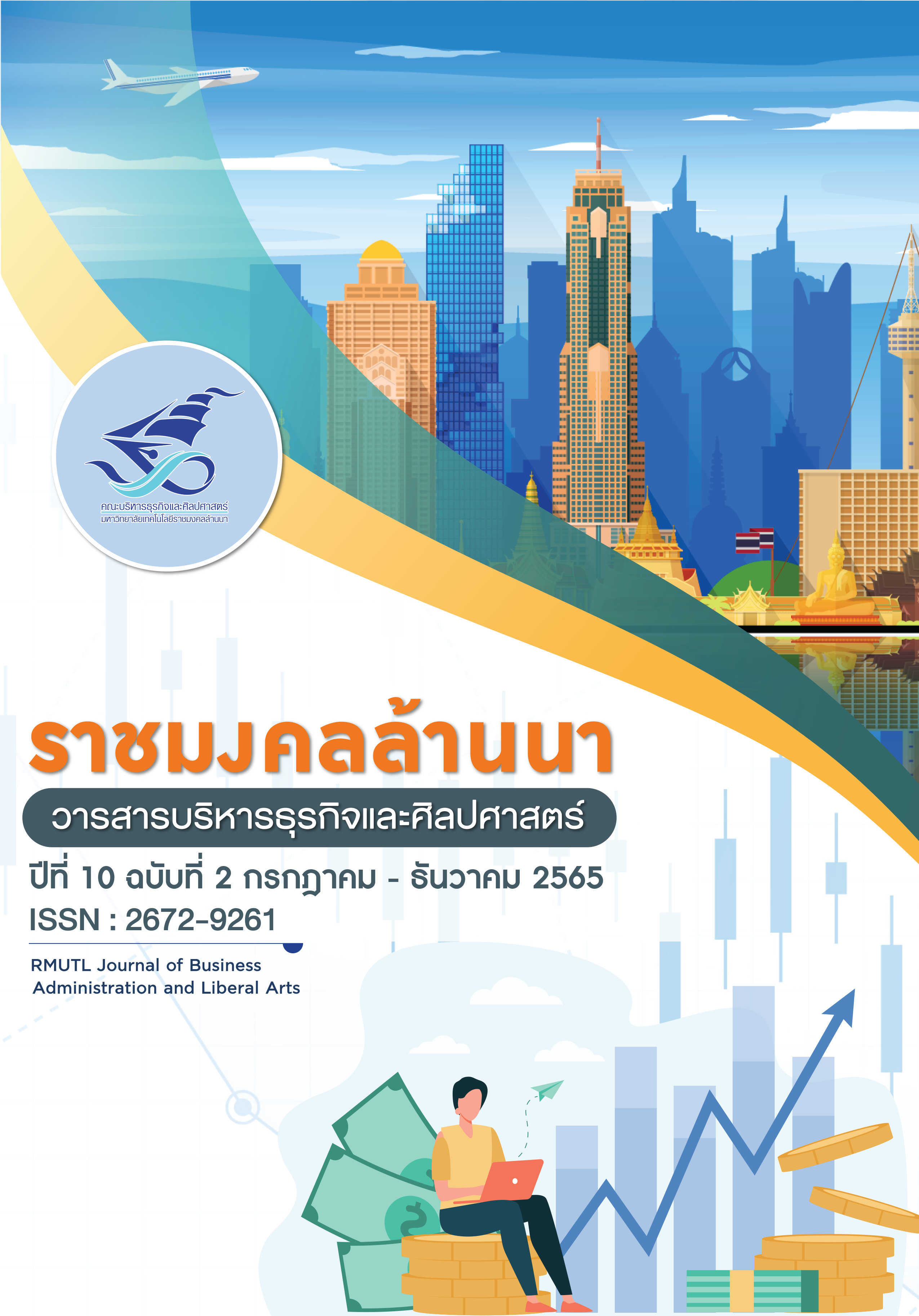Research on the Image Management of Ctrip Cross-Border Tourism Product Project
Main Article Content
Abstract
This study aims to improve the image management of Ctrip's cross-border tourism projects. In the process of this research, study is conducted from the perspective of customers from three aspects: (1) Customers' evaluation of Ctrip's cross-border tourism project. (2) Customers' evaluation of the information quality of cross-border tourism projects in Ctrip's Internet information. (3) Analyze and evaluate the relationship between the information quality of Ctrip's cross-border tourism projects and their cognitive image. Based on literature review and relevant theoretical framework, the correlation between Ctrip cross-border tourism project image and information quality has been proved. The results show that the information quality of Ctrip cross-border tourism projects can directly affect the image of enterprise projects through the evaluation of Ctrip cross-border tourism project image. Finally, other influencing factors in the image building of Ctrip cross-border tourism projects need to be further explored.
Article Details

This work is licensed under a Creative Commons Attribution-NonCommercial-NoDerivatives 4.0 International License.
บทความวิจัยนี้เป็นของลิขสิทธิ์
References
Anaman, K. A., & Ismail, R. A. (2016). Cross-border Tourism from Brunei Darussalam to Eastern Malaysia: an Empirical Analysis. Singapore Economic Review, 47(01), 65-87.
Bloemer, Josee & Ko de Ruyter. (1998). On the Relationship between Store Image, Store Satisfaction and Store Loyalty. European Journal of Marketing, 32(5/6), 397-513.
Head of brand Marketing in global overseas market of Ctrip. (2020). Experience sharing of Trip. com's landing in South Korea. Retrieved February 22, 2020, from: Zhihu.com
Huang Kaiyi and Jin Qing. (2018). The Influence of Internet Search behavior on Tourism image perception -- A case study of Korean residents' information search for Chinese destinations . Service Science and Management, 007(002): 32-42.
Jiang LX, Lu TH. (2006). 形象创造价值吗?——服务品牌形象对顾客价值—满意—忠诚关系的影响. Management World Year, 2006(4), 106-114.
Keller, KL. (1993). Conceptualizing, Measuring and Managing Customer- Based Brand Equity. Journal of Marketing, 57(1), 1-22.
Korawan Sangkakorn, Pachernwaat Srichai and Ravee Phoewhawm. (2021). The Role of the Media in Promoting Tourism Towards Chinese Travelers. RMUTL Journal of Business Administration and Liberal Arts, 9(1), 77-87.
Lessig, V. Parker. (1973). Consumer Store Images and Store Loyalties. Journal of Marketing, 37(4), 72-75.
Li ZG. (2022). Ctrip performance picked up by what. China Economic Daily, 010.
Li Mingjian. (2021). Research on the Difference and Dynamic Change of Tourist Destination image Perception from the perspective of officials and tourists [D], Retrieved January 31, 2021, from: Zhihu.com.
Liu Lili. (2019). Research on Wuhan' s Tourism Image based on Network Text Analysis. Journal of Wuhan Polytechnic University, (3), 94-99.
Lu TH. (2001). A century of marketing, the light of thought innovation. China marketing Report 2001, Guangzhou: Guangzhou publishing house.
Timothy, Dallen, J. (2019). Cross-Border Partnership in Tourism Resource Management: International Parks along the US-Canada Border. Journal of Sustainable Tourism, 7(3-4), 182-205.
Wang Xiaoyi and Song Mei. (2016). Research on Business Model Optimization of Ctrip Based on Porter's Five Forces Model. Science and Technology Innovation Bulletin, (17), 119-120.
Yang Liu,Jiang Shijiao and Li Chunqiong, et al. (2019). Research on the Development Status and Innovative Strategies of Online Customized Tourism Products -- A Case study of Ctrip and Lvmama. Tourism Overview (second half), 000(007), 57-59.
Zhang Yunfei. (2014). Research on Ctrip Online Tourism Multi-Product Integration Project Management. East China University of Science and Technology, (4), 24-31.
Zhu Yan. (2018). Study the method of investigation and research with Mao Zedong. Research Work, (06), 82..
Wang HM. (2022). ota qi ye wen hua jian she fen xi yi xie cheng lv you wei li (OTA企业文化建设分析——以携程旅游为例). Journal of Taiyuan Urban Vocational College, 2022(3), 18-20.

